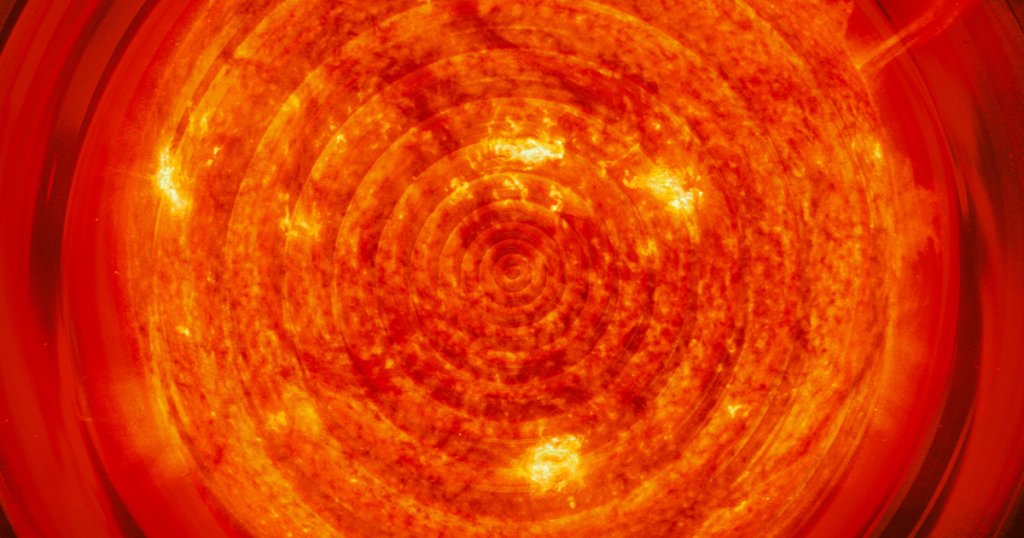“This is a very ambitious and very exciting mission.”
Tuning In
The Sun’s surface semi-regularly erupts in spectacular events like coronal mass ejections (CMEs) and solar flares that awe us with their displays of power. But these forms of solar activity also produce something subtler that intrigues astronomers: mysterious radio signals that, in the decades since they were first observed, have proved elusive to pinpoint.
Scientists know that the source of these radio bursts are somewhere inside CMEs — but these solar eruptions are huge. They spew billions of tons of material into space and can easily dwarf a planet, stretching as they travel to sometimes even swallow a quarter of the space between the Sun and the Earth.
Now, to put the mystery to bed, NASA has launched a new mission called the CubeSat Radio Interferometry Experiment (CURIE) to investigate these radio bursts by deploying a pair of tiny satellites in orbit around Earth that will separately measure them.
“This is a very ambitious and very exciting mission,” David Sundkvist, principal investigator of CURIE and a researcher at the University of California, Berkeley, said in a release. “This is the first time that someone is ever flying a radio interferometer in space in a controlled way, and so it’s a pathfinder for radio astronomy in general.”
Tag Team
The CURIE mission consists of twin cubesats — very small satellites, about the size of a shoebox — carried to orbit aboard the European Space Agency’s Ariane 6 rocket, which just launched on Tuesday.
The plan is to deploy them some 360 miles above the Earth’s surface, where using dual eight-foot antennas, the satellites will be able to scan radio waves between 0.1 and 19 megahertz that otherwise would be absorbed by the Earth’s upper atmosphere.
Crucially, the satellites will also be deployed about two miles apart from each other. By measuring the extremely minute differences in the time it takes for the radio signals to reach each satellite, scientists will attempt to accurately calculate where they came from.
Signal Boost
There’s good reason to be invested in the specifics of solar events like CMEs. Along with their huge bombardments of solar material, they also send out powerful magnetic fields that can affect the planets of the solar system in ways that we may not yet understand.
On Earth, the magnetic fields wreak havoc on our atmosphere — sometimes with beautiful results — and can severely disrupt electronic infrastructure and communications. CMEs can be hard to predict, and their relationship to solar flares — explosions that send powerful bursts of radiation into space — are unclear.
CURIE is a bold experiment, and it will hopefully mark a step forward in space-based observations of our Sun that will pave the way to a greater understanding of the role the Sun’s outbursts have on the solar system.
More on the Sun: Solar Storm So Powerful It Shut Down Farm Equipment Across the US and Canada

